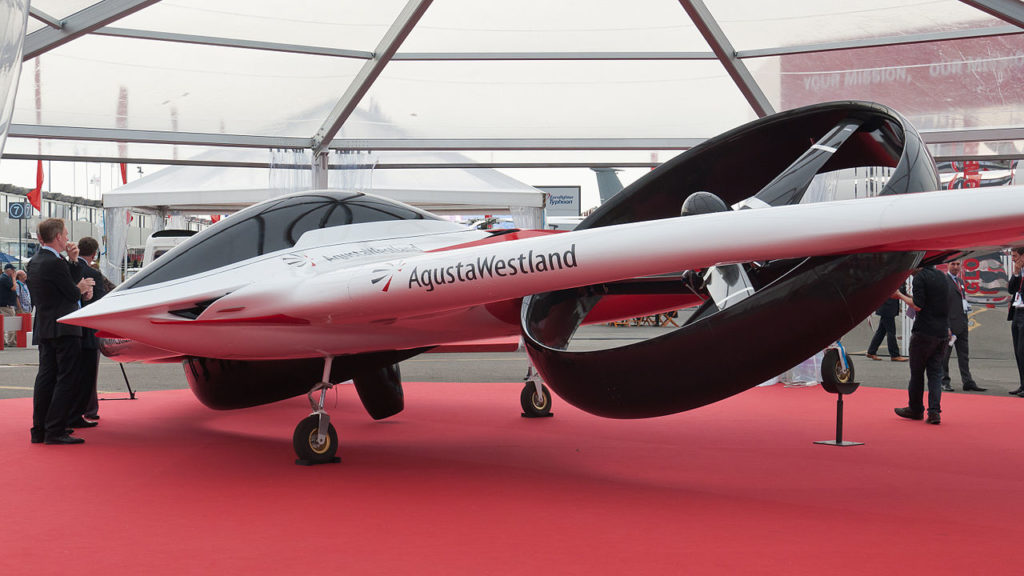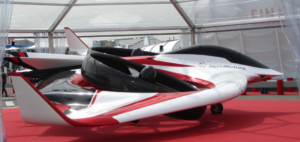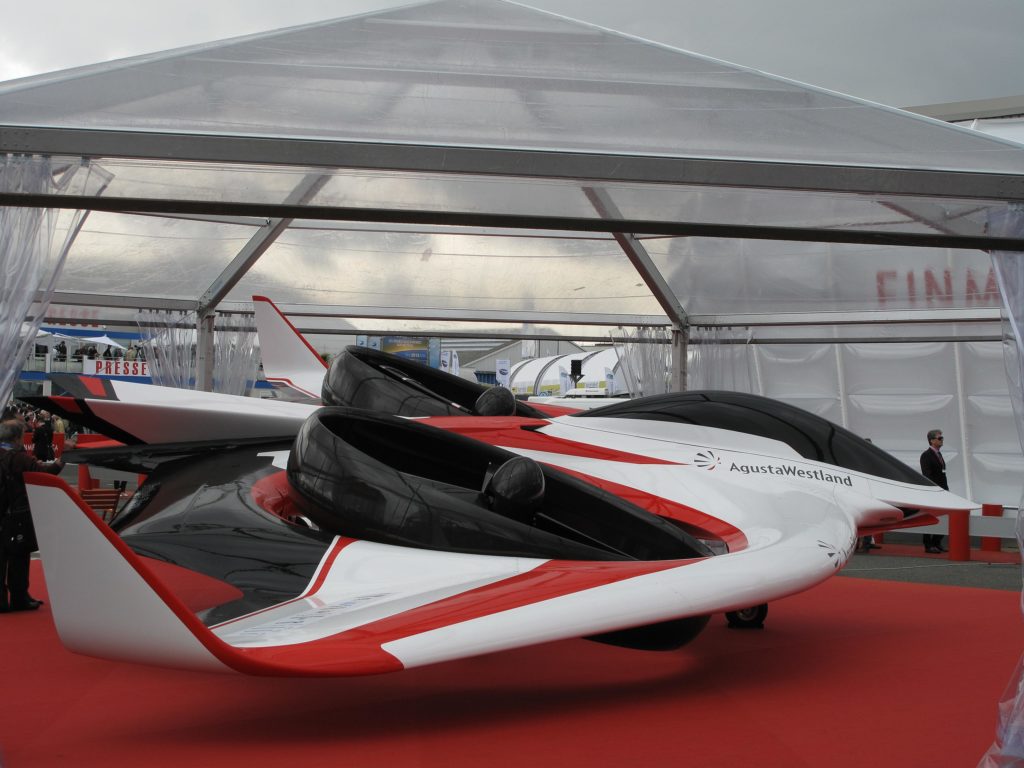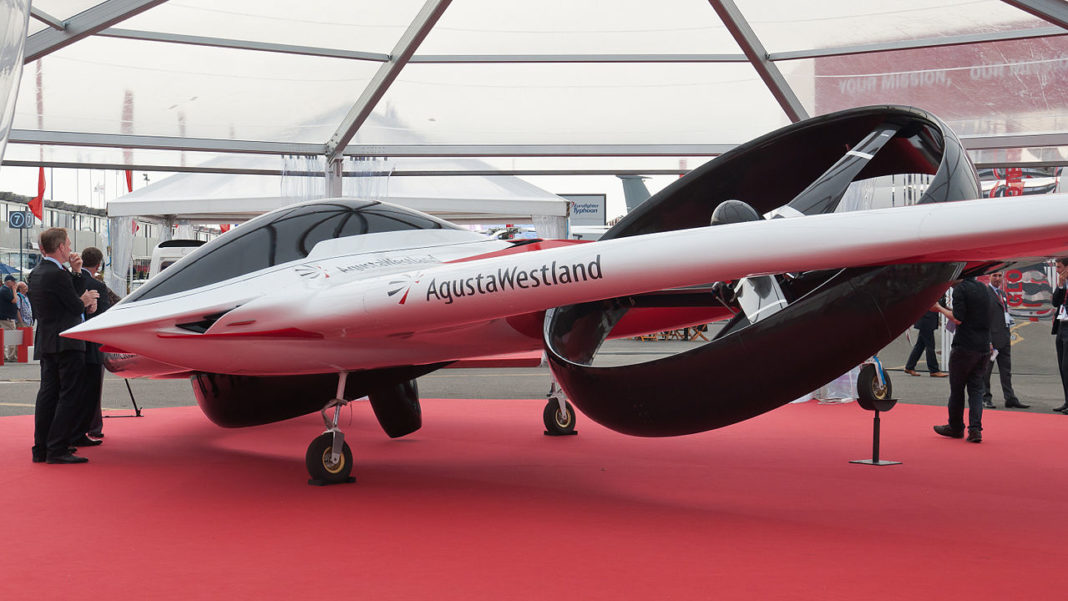The AgustaWestland Project Zero is a hybrid tiltrotor/Lift fan aircraft. It has been developed by AgustaWestland as a technology demonstrator and is used to investigate all-electric propulsion and other advanced technologies. It is the world’s first electric tiltrotor aircraft.

In December 2010, AgustaWestland’s management approved the formation of a team under James Wang with the intention of producing a technology demonstrator incorporating as many new innovations as possible on a single airframe. Speaking in 2013, Wang noted that electric technologies were rapidly advancing and that the function of Project Zero was to achieve readiness with electric aircraft technologies: “Rather than waiting for the battery to become even better, then working on electric aircraft technology, the team has positioned itself to be ready for the next generation of batteries”.

Various companies in Italy, the UK, the U.S. and Japan worked on the design and/or manufacturing of elements of Project Zero. The designation Project Zero was derived from an observation that this was a unique internal project with no comparable counterpart within the company’s history.
The development of Project Zero was conducted within a short amount of time; the time between the start of the design phase and the first flight of the demonstrator itself was less than six months. In order to ensure that tangible benefits from the project were made, it was decided that a full-scale aircraft must be produced and flown. In June 2011, a full-scale demonstrator performed an initial tethered flight at Cascina Costa, Italy.

Project Zero has made numerous public appearances since being revealed in March 2013. Flight testing has also continued, this has focused on 1/3rd-scale models rather than the full-scale demonstrator due to the limited flight endurance it possesses. In February 2016, it was announced that a hybrid drive system would be installed on the full-scale aircraft, this is aimed at extending the flight endurance from 10 minutes to 35–45 minutes.
According to Wikipedia














